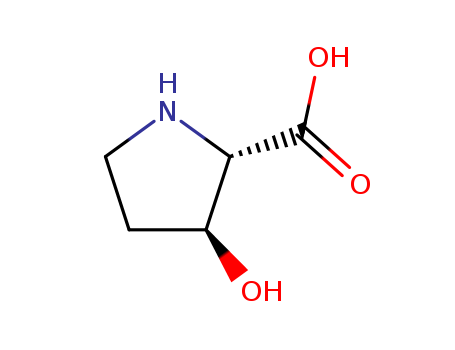10.1016/S0040-4020(97)01047-8
The research investigates the synthesis and properties of oligonucleotides modified with 3-hydroxy-N-acetylprolinol as a sugar substitute. The purpose of the study is to develop oligonucleotides with improved hybridization efficiency for potential applications in antisense therapeutics. The researchers synthesized fully modified oligonucleotides using 3-O-phosphoramidites of monomethoxytritylated trans-3-hydroxy-N-[(N6-benzoyladenin-9-yl)-acetyl]-prolinol and trans-3-hydroxy-N-[(thymin-l-yl)-acetyl]-prolinol. Trans-3-Hydroxyproline was used as the starting material for the synthesis of 3-hydroxy-N-acetylprolinol derivatives. They found that the modified all-adenine oligonucleotides could hybridize with complementary DNA and RNA, while the all-thymine oligonucleotides did not interact with natural nucleic acids but could form triple-stranded complexes with modified strands of the same chirality. The study concludes that the 3-hydroxy-N-acetylprolinol system allows for broadened pairing interactions, including with both L and D compounds, and the formation of various homo-complexes, although the stability of these complexes is lower than those formed with 4-hydroxyprolinol oligonucleotides.




